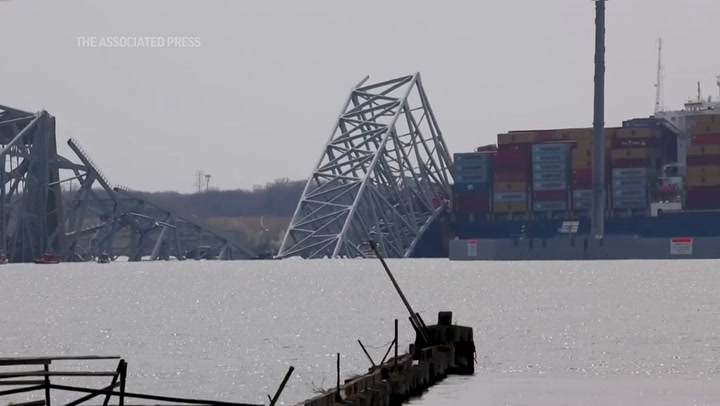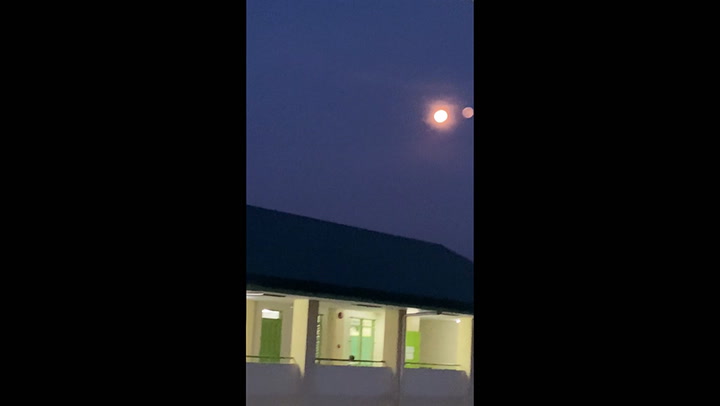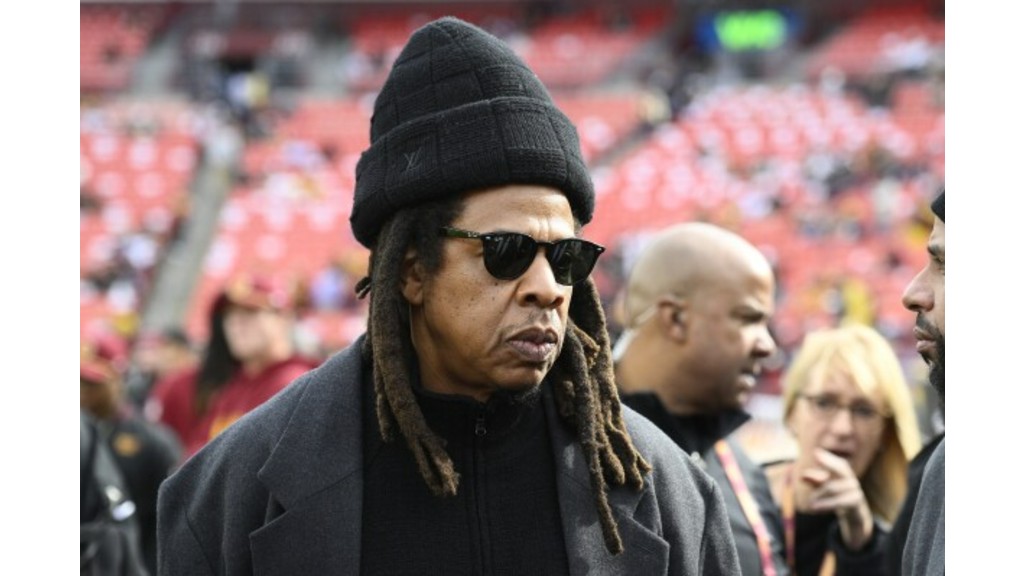Economic worries follow Baltimore bridge collapse

BALTIMORE (AP) — It was the middle of the night when a dispatcher’s warning crackled over the radio: A massive cargo ship had lost its steering capabilities and was heading toward the Francis Scott Key Bridge.
Within about 90 seconds, police officers responded that they had managed to stop vehicle traffic over the Baltimore bridge in both directions. One said he was about to drive onto the bridge to alert a construction crew.
But it was too late. Powerless and laden with huge containers, the vessel smashed into a support pillar.
“The whole bridge just fell down,” a frantic officer said. “Start, start whoever, everybody … the whole bridge just collapsed.”
When the container ship Dali slammed into the pillar around 1:30am Tuesday, it caused a long span of the bridge, a major link in the region’s transport networks, to crumple into the Patapsco River. The loss of the bridge is expected to snarl commuter traffic and disrupt a vital shipping port.
At least eight people went into the water. Two were rescued but the other six, part of a construction crew that had been filling potholes on the bridge, were missing and presumed dead. A search for their bodies was underway Wednesday morning, according to Maryland State Police spokesperson Elena Russo.
Among the missing were people from Guatemala, Honduras and Mexico, according to diplomats from those countries. The Honduran man was identified as Maynor Yassir Suazo Sandova.
Federal and state officials said the crash appeared to be an accident. The National Transportation Safety Board is investigating, and ship traffic entering and leaving the Port of Baltimore was suspended indefinitely.
Capt Michael Burns Jr of the Maritime Center for Responsible Energy said bringing a ship into or out of ports in restricted waters with limited room to maneuver is “one of the most technically challenging and demanding things that we do.”
“So there really is few things that are scarier than a loss of power in restricted waters,” he said. And when a ship loses propulsion and steering, “then it’s really at the mercy of the wind and the current.”
Video showed the ship moving at what Maryland Gov. Wes Moore said was about 9 mph (15 kph) toward the 1.6-mile (2.6-kilometre) bridge. Traffic was still moving across the span, and some vehicles appeared to escape with only seconds to spare. The crash caused the span to break and fall into the water within seconds, and jagged remnants were left jutting up from the water.
Police said there is no evidence anyone went into the water other than the workers, though they had not discounted the possibility.
A senior executive at the company that employed the crew, Brawner Builders, said they were working in the middle of the bridge when it fell.
“This was so completely unforeseen,” said Jeffrey Pritzker, the company’s executive vice president. “We don’t know what else to say. We take such great pride in safety, and we have cones and signs and lights and barriers and flaggers.”
Jesus Campos, who has worked on the bridge for Brawner Builders and knows members of the crew, said he was told they were on a break and some were sitting in their trucks.
“I know that a month ago, I was there, and I know what it feels like when the trailers pass,” Campos said. “Imagine knowing that is falling. It is so hard. One would not know what to do.”
Father Ako Walker, a Catholic priest at Sacred Heart of Jesus, said outside a vigil that he spent time with the families of the missing workers as they waited for news of their loved ones.
“You can see the pain etched on their faces,” Walker said.
Rescuers pulled two people out of the water. One person was treated at a hospital and discharged hours later.
The crash happened long before the busy morning commute on the bridge, which was used by 12 million vehicles last year.
From 1960 to 2015, there were 35 major bridge collapses worldwide due to ship or barge collisions, according to the World Association for Waterborne Transport Infrastructure.
Tuesday’s collapse is sure to create a logistical headache along the East Coast for months, if not longer, shutting down shipping traffic at the Port of Baltimore, a major hub.
Paul Wiedefeld, the state’s transportation secretary, said vessel traffic in and out of the port would be suspended until further notice, though the facility was still open to trucks.
“Losing this bridge will devastate the entire area, as well as the entire East Coast,” state Sen Johnny Ray Salling said.
US Transportation Secretary Pete Buttigieg said it was too soon to give a time frame for clearing the channel, which is about 50 feet (15 metres) deep, while President Joe Biden said he planned to travel to Baltimore soon and expects the federal government to pay the entire cost of rebuilding.
Synergy Marine Group, which manages the ship, said the impact happened while it was under the control of one or more pilots, who are local specialists who help guide vessels safely in and out of ports. Synergy said in a statement Wednesday that one crew member was treated at a hospital for a minor injury.
The ship is owned by Grace Ocean Private Ltd, and Danish shipping giant Maersk said it had chartered the vessel.
The 985-foot-long (300-metre-long) Dali was headed from Baltimore to Colombo, Sri Lanka, and flying under a Singapore flag, according to data from Marine Traffic.
The vessel also passed foreign port state inspections in June and September 2023. In the June 2023 inspection, a faulty monitor gauge for fuel pressure was rectified before the vessel departed the port, Singapore’s port authority said in a statement Wednesday.
Donald Heinbuch, a retired chief with Baltimore’s fire department, said he was startled awake by a deep rumbling that shook his house for several seconds and “felt like an earthquake.”
He drove to the river and couldn’t believe what he saw: “The ship was there, and the bridge was in the water, like it was blown up.”
Baltimore Mayor Brandon Scott called it “an unthinkable tragedy.” Gov Moore said that “all of our hearts are broken for the victims and their families,” and he also hailed first responders for their quick response.
“Literally by being able to stop cars from coming over the bridge, these people are heroes,” Moore said. “They saved lives last night.”
___
By LEA SKENE Associated Press
Associated Press journalists around the world contributed to this report, including Sarah Brumfield, Rebecca Santana, Jake Offenhartz, Joshua Goodman, Ben Finley, Claudia Lauer, Brian Witte, Juliet Linderman, David McHugh, John Seewer, Michael Kunzelman, Mike Catalini and Sarah Rankin.








